Psychrolutes marcidus, the smooth-head blobfish, also known simply as blobfish, is a deep-sea fish of the family Psychrolutidae. It inhabits the deep waters off the coasts of mainland Australia and Tasmania, as well as the waters of New Zealand. Blobfish are typically shorter than 30 cm (12 in). They live at depths between 600 and 1,200 m (2,000 and 3,900 ft), where the pressure is 60 to 120 times greater than that at sea level, which would likely make gas bladders inefficient for maintaining buoyancy. Instead, the flesh of the blobfish is primarily a gelatinous mass with a density slightly less than that of water; this allows the fish to float above the sea floor without expending energy on swimming. The blobfish has a relative lack of muscle, but this is not a disadvantage, as its main food source is edible matter that floats in front of it, such as deep-ocean crustaceans. Blobfish look almost unrecognizable underwater: These tadpole-shaped fish have bulbous heads, large jaws, tapered tails, and feathery pectoral fins. Rather than scales, they have loose, flabby skin. These animals are lie-in-wait predators, meaning they sit at the bottom of the ocean and eat anything that passes by, such as crustaceans, brittle stars, anemone, and carrion. This allows them to preserve energy, which is key to their survival. Blobfish primarily feed on crustaceans, mollusks, and other small invertebrates that can be found on the ocean floor. They are also known to eat carrion meat and muscle tissue from dead fish that have sunk to the bottom of the ocean. In addition to these food sources, blobfish have been observed consuming small crabs, gastropods, and sea urchins. They are also known to eat detritus, which is a mixture of dead organic matter and other debris that accumulates on the ocean floor. Blobfish have few natural predators due to their deep-sea habitat and gelatinous bodies. However, they may be preyed upon by larger fish, such as sharks and rays, that are capable of venturing into the deep sea.
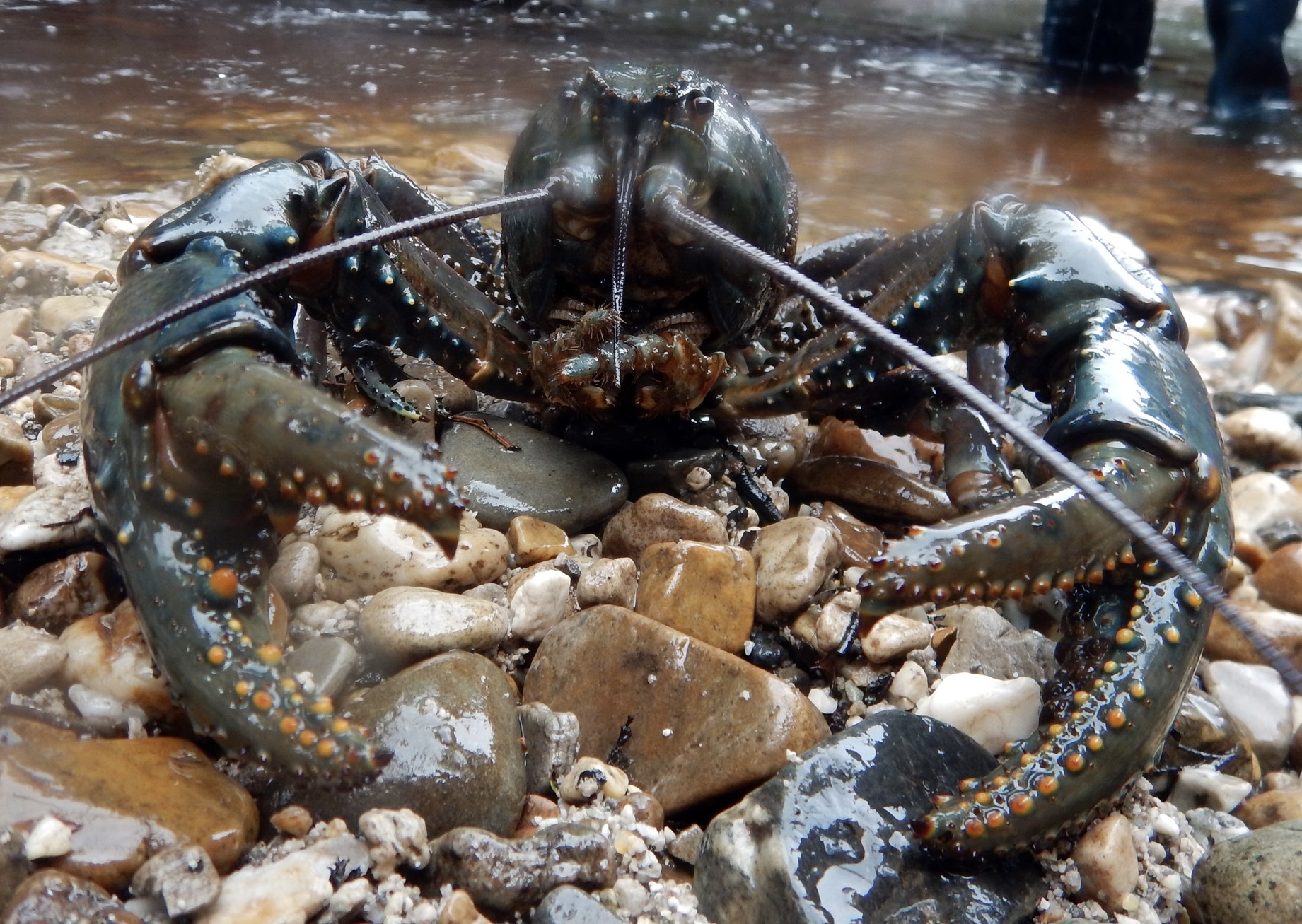
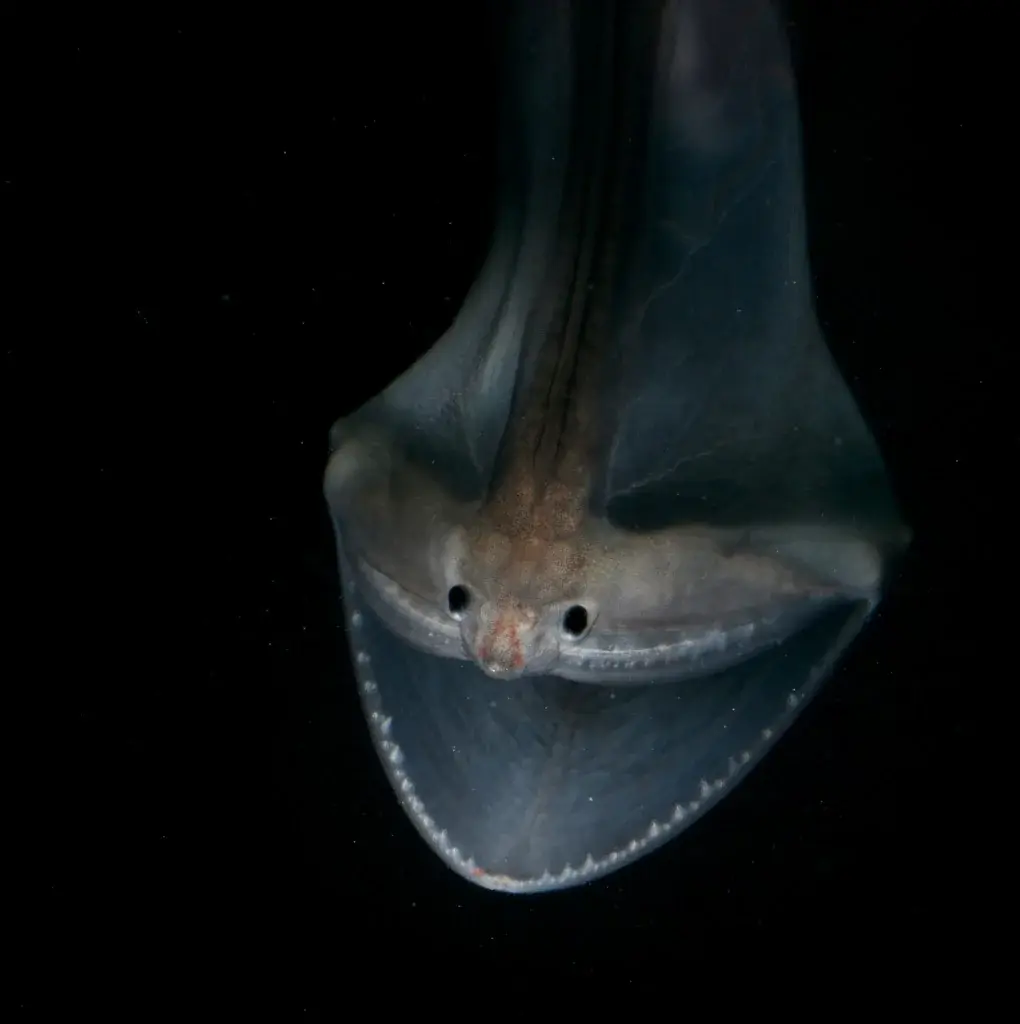
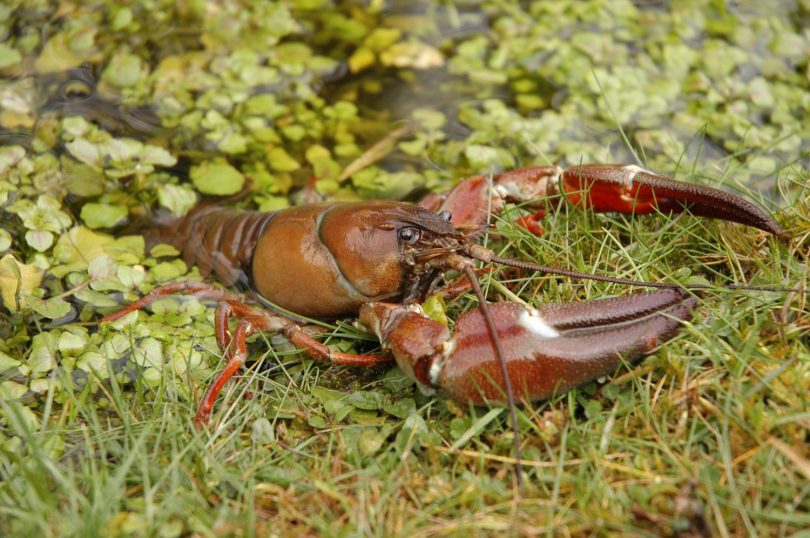
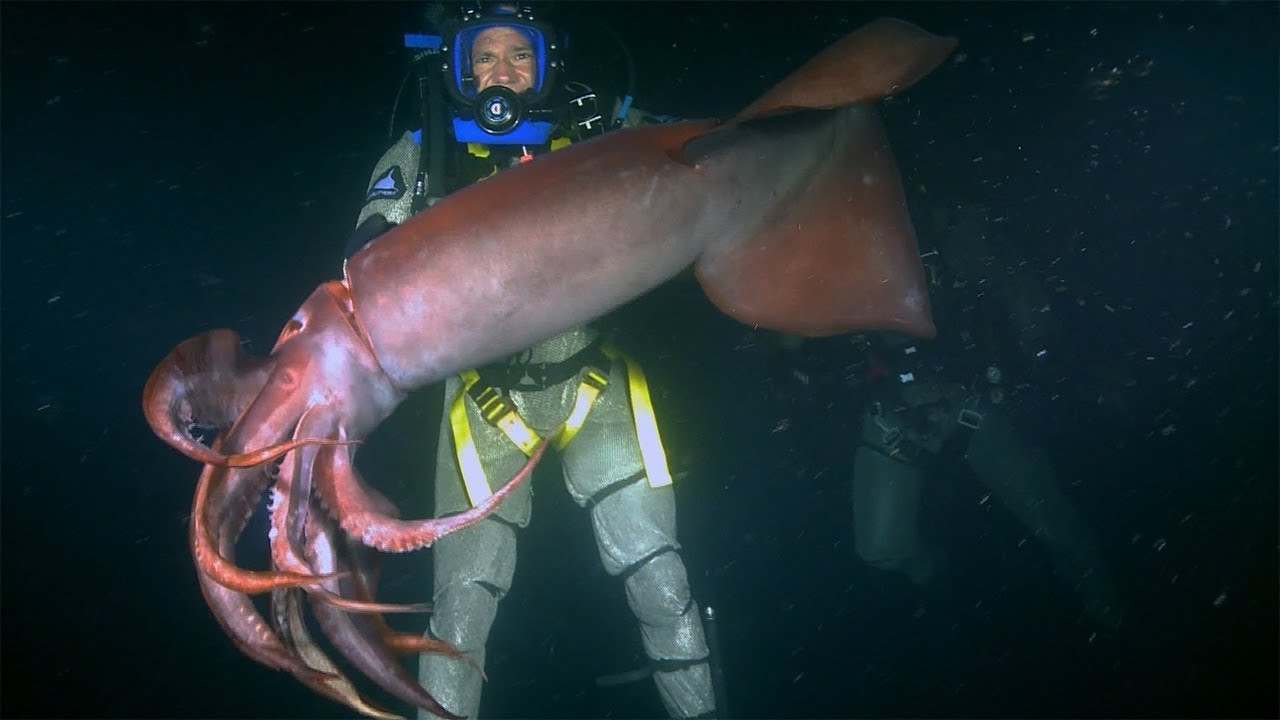
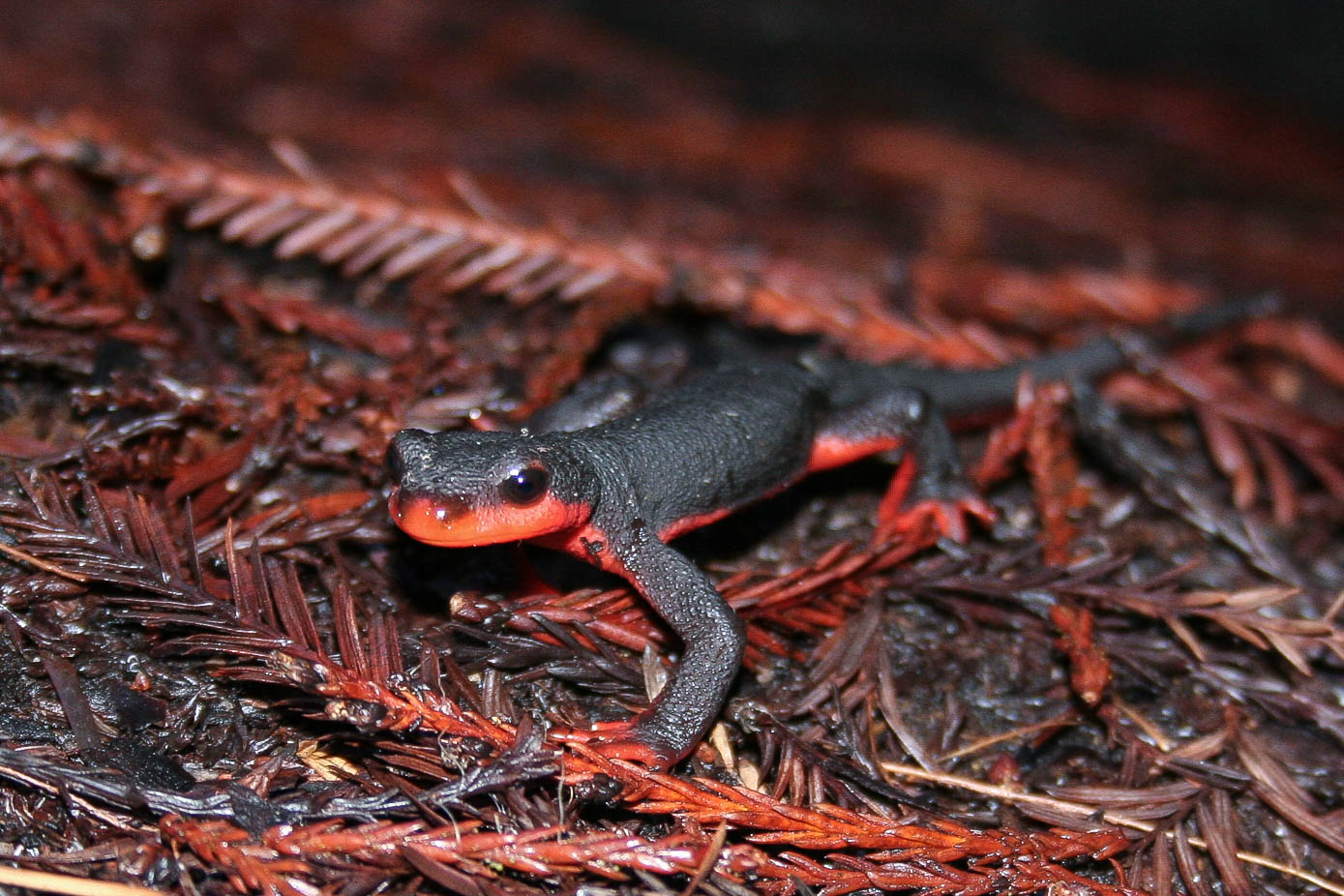
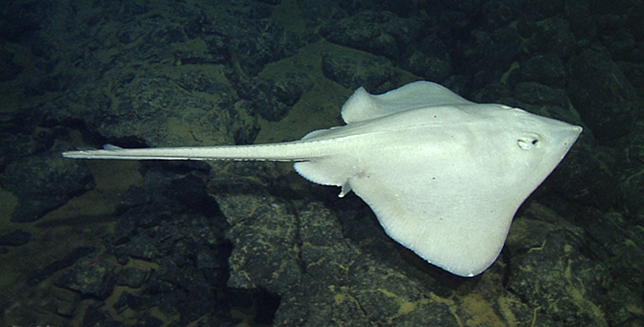
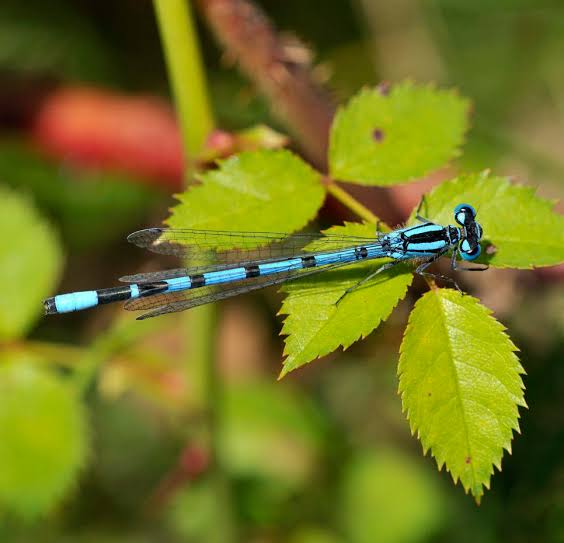
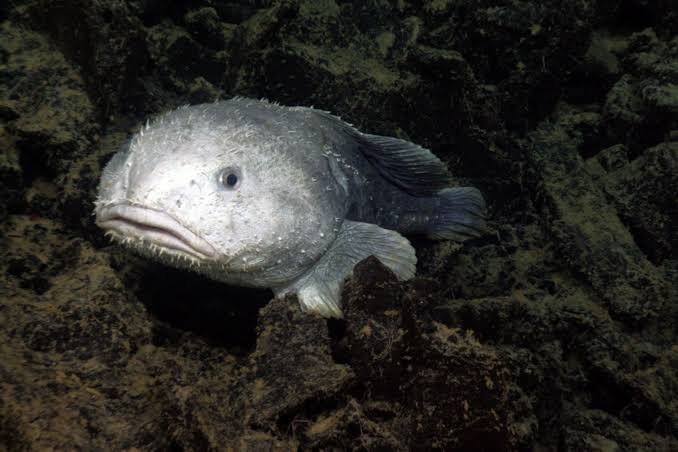
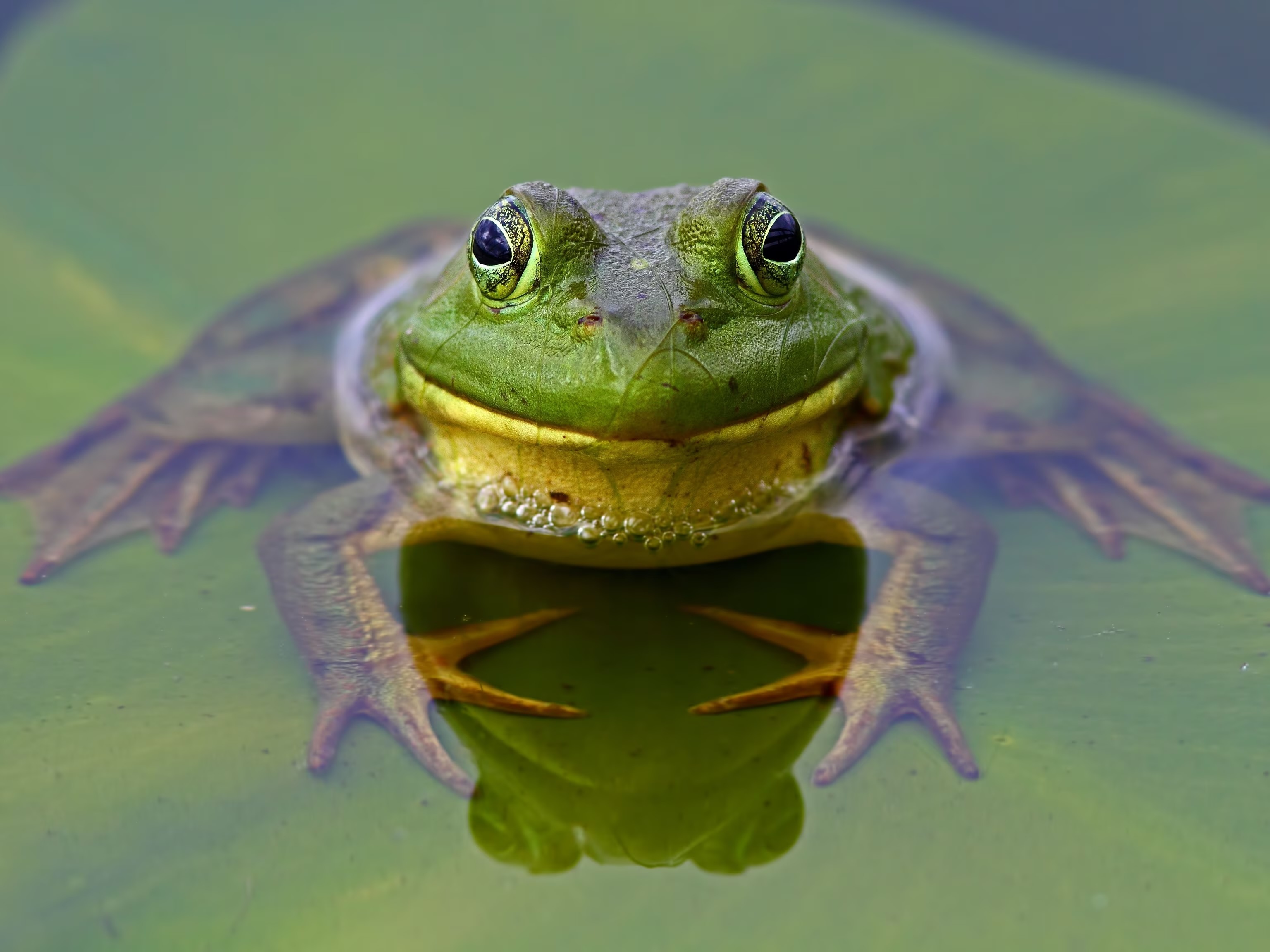
Nobody noticed thatcher 💀💀💀